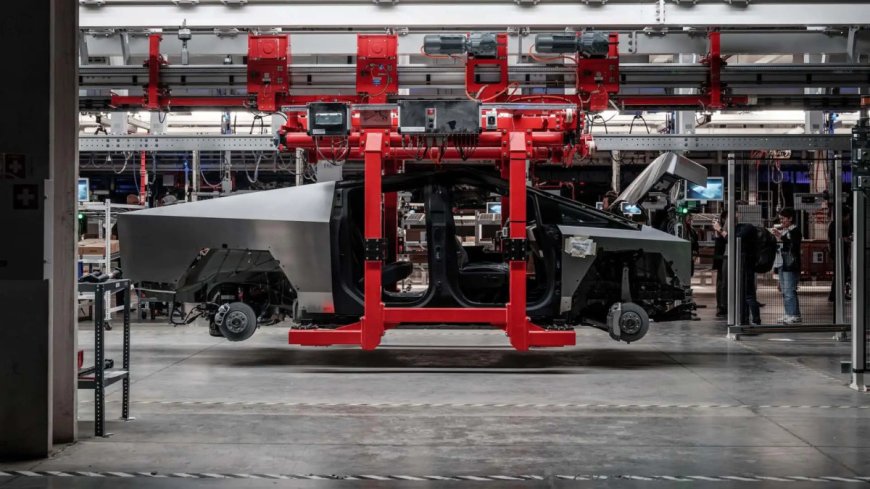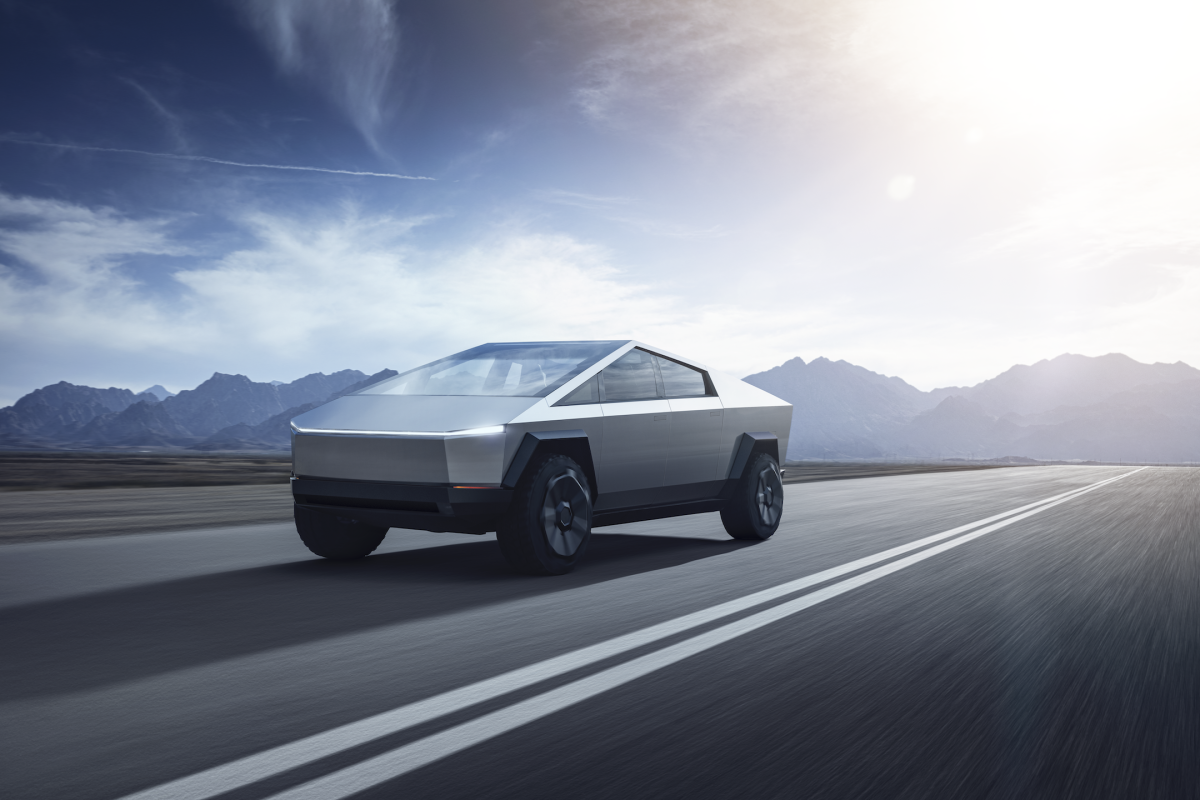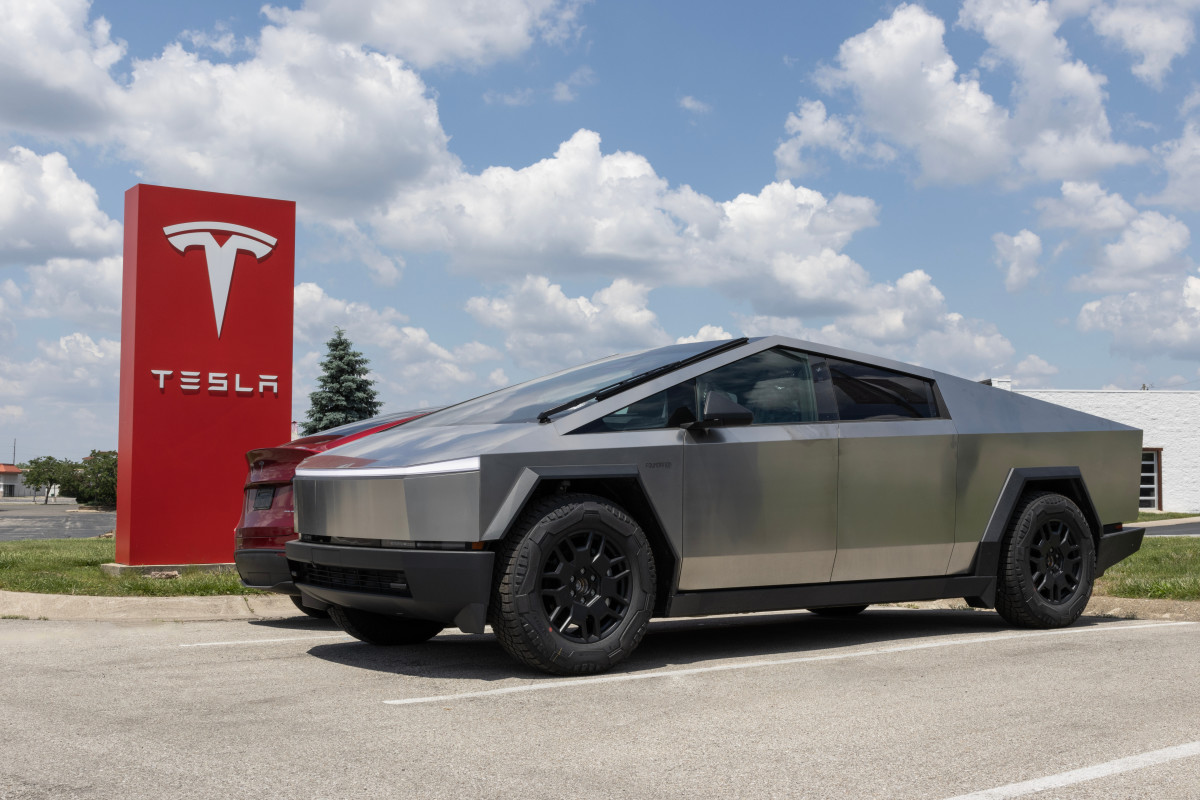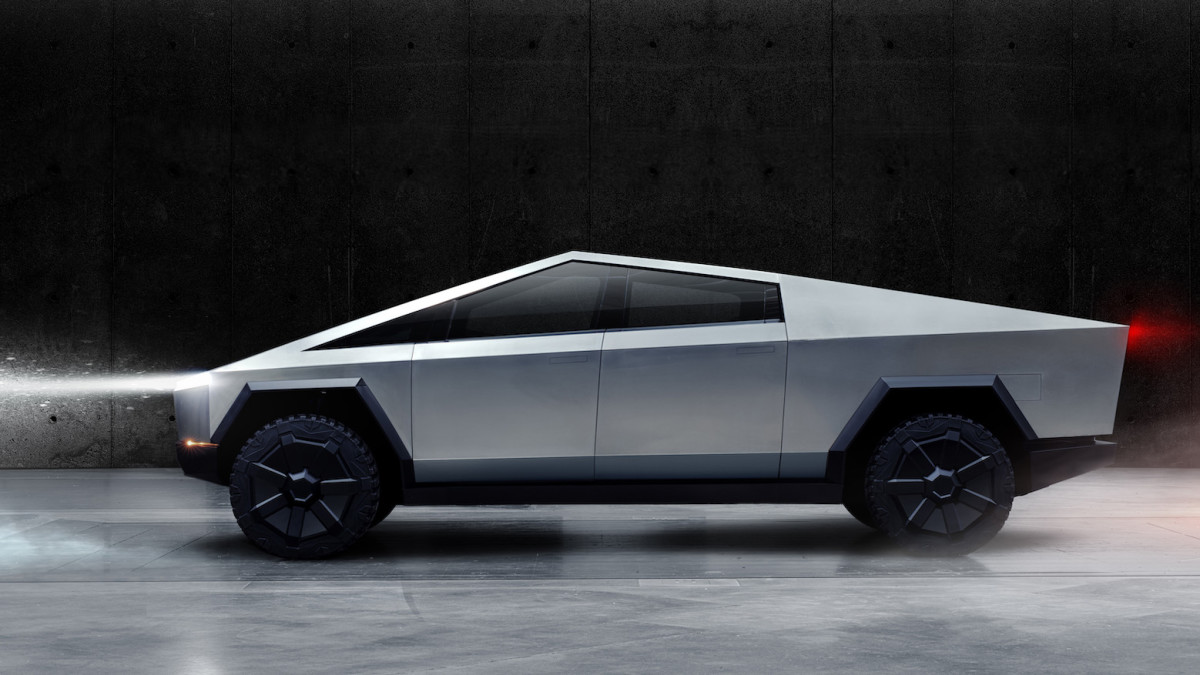Tesla halts Cybertruck rollout, workers sidelined
Production has already been inconsistent this year and this latest roadblock only worsens the situation

Tesla deliveries for the Cybertruck seem to have cratered after the 2 million reservations that were taken ahead of its launch. Now that production is actually underway, it appears that demand isn’t as high for the stainless-steeled pickup as the initial reservations made it seem, leading to long-term scheduling issues with workers.
Cybertruck builders placed on temporary paid leave

Tesla
Related: Tesla pushes a half-complete FSD update to avoid missing another deadline
Per a Business Insider report, Tesla notified workers responsible for building the futuristic pickup truck at its Gigafactory Texas factory to stay home temporarily from Dec. 3-5 before resuming work on Friday, Dec. 6. Affected staff will still get eight hours of pay for each of the days they were scheduled to come in.
The Model Y production line at the same factory will not be affected.
This follows previous reports of Tesla shortening workers' shifts back in April. In October, a few workers came forward and told Business Insider that they’d been sent home or assigned other tasks, such as training exercises or cleaning duties, instead of their original job posts.
"When I started at Tesla you could expect to get overtime pay," said one worker on the Cybertruck line who expressed scheduling frustrations. “Now I feel lucky to get 40 hours.”
Cybertruck deliveries aren't matching reservations

As for deliveries, they don't reflect the initial popularity that the Cybertruck garnered before production. Tesla has only moved 28,250 units so far in 2024, with 16,692 of those units moved in Q3 alone. Following fluxes in scheduling, supply may finally level out in response to demand.
Those numbers are still enough for it to become the most popular pickup truck, though Ford's F-150 Lightning is quickly catching up.
Related: Volkswagen ID.7 Pro S covers a record-setting 500 miles on a single charge
The Model Y remains the Tesla top dog, with 284,831 units sold by September’s end. But even Tesla isn’t immune to crumbling EV demand, which has fallen across the industry. As a result, automakers are pushing for a greater emphasis on hybrids and plug-ins, as both come equipped with some form of a gas backup.
PHEV range is improving across the board
To that end, plug-in hybrids are improving when it comes to battery performance paired with an internal combustion engine. Mercedes-Benz has just launched their GLC model with an electric range of 54 miles before the engine kicks in. Toyota’s PHEV models aren’t far behind, with the Prius Prime and RAV4 Prime rated at 44 and 42 miles.
These days, a Camry Hybrid is capable of MPG ratings in the 50s. A Honda Accord Hybrid is EPA-rated in the high 40s. As SUVs and minivans join the fray with electrified offerings, frugal gas mileage is becoming the new norm.
Final thoughts

Tesla
Tesla is a powerhouse when it comes to electric vehicles. It offers the appropriate infrastructure to support them too, with over 17,000 stations available thanks to its Supercharger network. Other carmakers have been able to access it as of late, with the North American Charging Standard (NACS) connector becoming the common charging cable.
The Cybertruck may be dulling its shine, but that doesn't mean that it hasn't already carved out its own niche, solidifying its place in the market as one of the more unique truck offerings around.











































